Intro
Discover the causes and symptoms of growing pains in children. Learn how to identify and alleviate these common aches and pains, often associated with rapid growth spurts, restless leg syndrome, and juvenile idiopathic arthritis. Get expert advice on soothing remedies and prevention strategies to help your child overcome this normal childhood phenomenon.
Growing pains are a common phenomenon in children, affecting up to 70% of kids at some point during their childhood. These pains are usually felt in the legs, particularly in the thighs, knees, and calves, and can be a source of distress for both children and their parents. Despite their prevalence, growing pains are still not fully understood, and their causes and symptoms can be complex and multifaceted.
What Are Growing Pains?
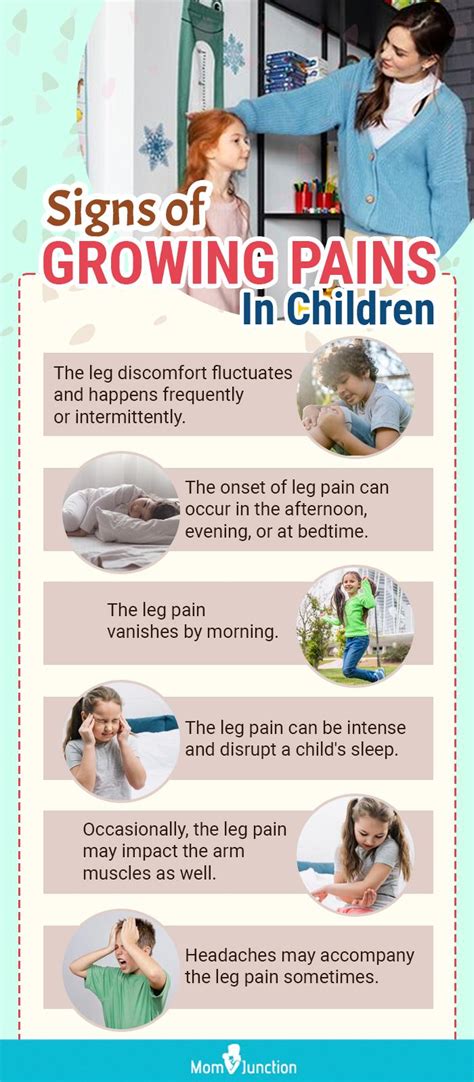
Growing pains are recurring pains that occur in children, typically in the legs, and are often described as aching, throbbing, or cramping. They can be mild or severe and can last from a few minutes to several hours. Growing pains are usually felt in the evening or at night, and can wake children up from sleep. Despite their name, growing pains are not directly related to the growth process, and their exact cause is still unknown.
Causes of Growing Pains
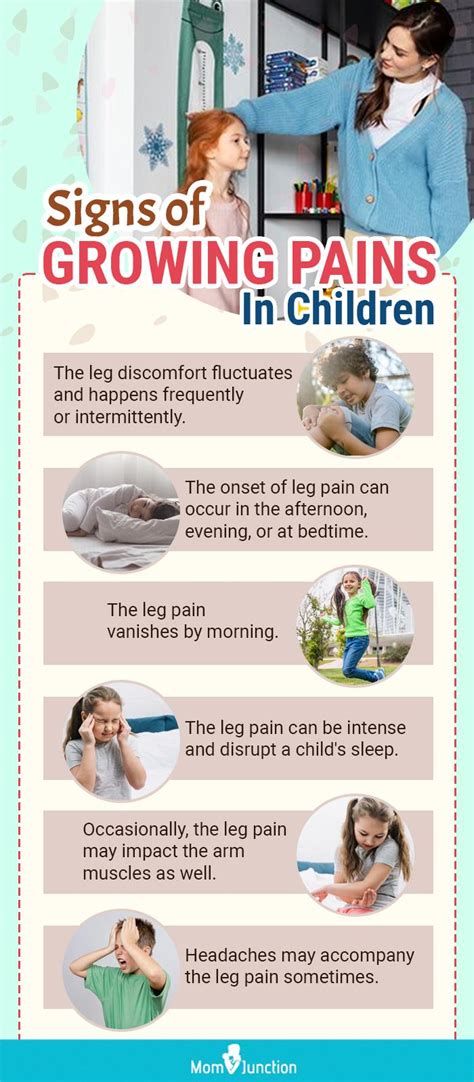
While the exact cause of growing pains is still unknown, several theories have been proposed to explain their occurrence. Some of these theories include:
- Overuse or fatigue: Growing pains may be caused by overuse or fatigue of the muscles, particularly in children who are physically active.
- Poor posture: Poor posture can put strain on the muscles and joints, leading to pain and discomfort.
- Vitamin deficiencies: Deficiencies in vitamins such as vitamin D and calcium can contribute to muscle cramps and pains.
- Hormonal changes: Hormonal changes during puberty can lead to growing pains in some children.
- Genetic predisposition: Some children may be more prone to growing pains due to their genetic makeup.
Symptoms of Growing Pains
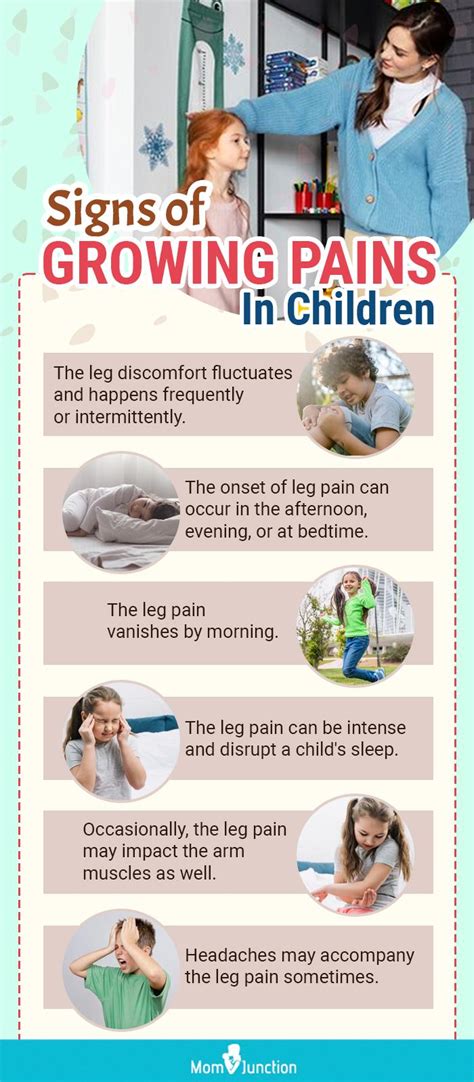
The symptoms of growing pains can vary from child to child, but common symptoms include:
- Leg pain: Pain in the legs, particularly in the thighs, knees, and calves.
- Aching or throbbing: The pain is often described as aching or throbbing.
- Cramping: Some children may experience muscle cramps.
- Limited mobility: Growing pains can make it difficult for children to move around or participate in physical activities.
- Emotional distress: Growing pains can cause emotional distress and anxiety in children.
Diagnosing Growing Pains
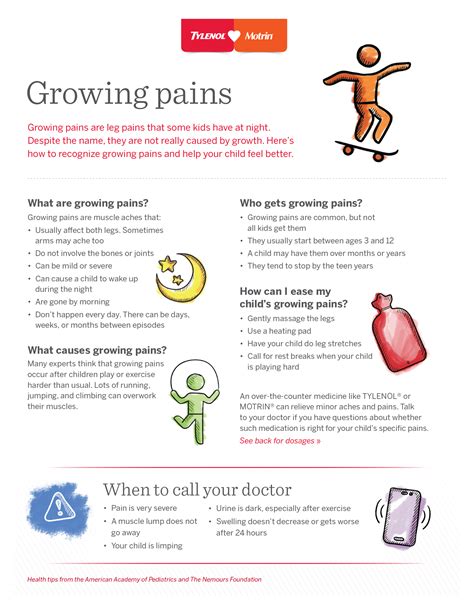
Diagnosing growing pains can be challenging, as the symptoms can be similar to those of other conditions. A healthcare professional will typically perform a physical examination and take a medical history to rule out other conditions. They may also ask questions about the child's symptoms, such as:
- When do the pains occur?: Growing pains typically occur in the evening or at night.
- Where do the pains occur?: Growing pains usually occur in the legs.
- How long do the pains last?: Growing pains can last from a few minutes to several hours.
- What triggers the pains?: Some children may experience growing pains after physical activity or during periods of rapid growth.
Treatment Options for Growing Pains
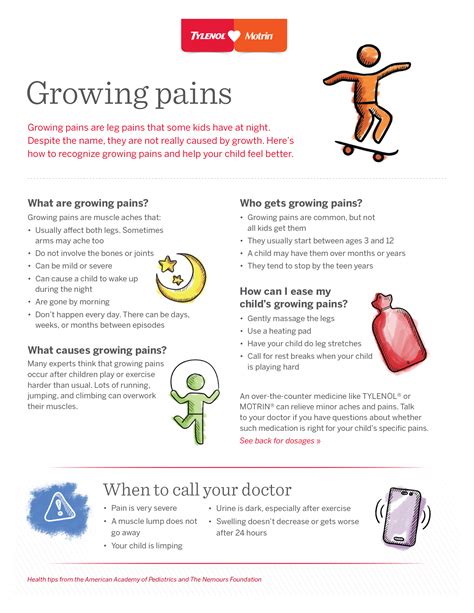
While there is no cure for growing pains, several treatment options can help alleviate the symptoms. These include:
- Pain relief medication: Over-the-counter pain relief medication such as acetaminophen or ibuprofen can help relieve pain and discomfort.
- Stretching and exercise: Gentle stretching and exercise can help relieve muscle tension and improve flexibility.
- Heat or cold therapy: Applying heat or cold packs to the affected area can help relieve pain and discomfort.
- Massage: Massage can help relax the muscles and improve circulation.
Preventing Growing Pains
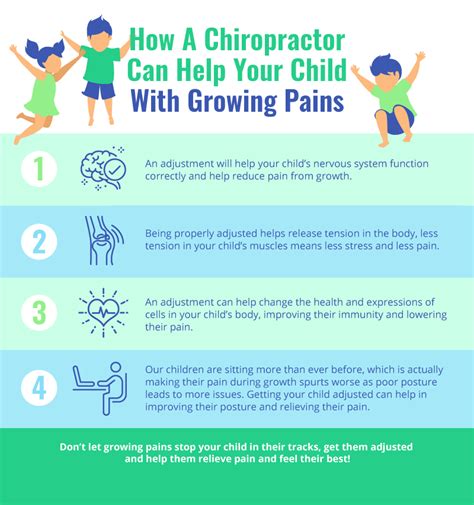
While growing pains cannot be completely prevented, several strategies can help reduce their occurrence. These include:
- Regular exercise: Regular exercise can help improve flexibility and reduce muscle tension.
- Good posture: Maintaining good posture can help reduce strain on the muscles and joints.
- Healthy diet: Eating a healthy diet rich in vitamins and minerals can help reduce the risk of growing pains.
- Adequate sleep: Getting adequate sleep can help reduce fatigue and muscle tension.
When to Seek Medical Attention
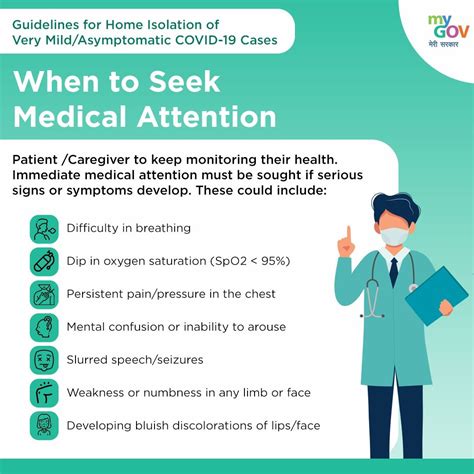
While growing pains are usually not a cause for concern, there are times when medical attention is necessary. These include:
- Severe pain: If the pain is severe or persistent.
- Swollen joints: If the joints are swollen or red.
- Limited mobility: If the child is experiencing limited mobility or difficulty walking.
- Fever: If the child has a fever or other symptoms of illness.
What are growing pains?
+Growing pains are recurring pains that occur in children, typically in the legs, and are often described as aching, throbbing, or cramping.
What causes growing pains?
+The exact cause of growing pains is still unknown, but several theories have been proposed, including overuse or fatigue, poor posture, vitamin deficiencies, hormonal changes, and genetic predisposition.
How can I relieve my child's growing pains?
+Several treatment options can help alleviate the symptoms of growing pains, including pain relief medication, stretching and exercise, heat or cold therapy, and massage.
Can growing pains be prevented?
+While growing pains cannot be completely prevented, several strategies can help reduce their occurrence, including regular exercise, good posture, a healthy diet, and adequate sleep.
When should I seek medical attention for my child's growing pains?
+Medical attention is necessary if the pain is severe or persistent, if the joints are swollen or red, if the child is experiencing limited mobility, or if the child has a fever or other symptoms of illness.
Growing pains can be a source of distress for both children and their parents. While their exact cause is still unknown, several treatment options and strategies can help alleviate the symptoms and reduce their occurrence. By understanding the causes and symptoms of growing pains, parents can provide their children with the support and care they need to manage this common childhood condition.

